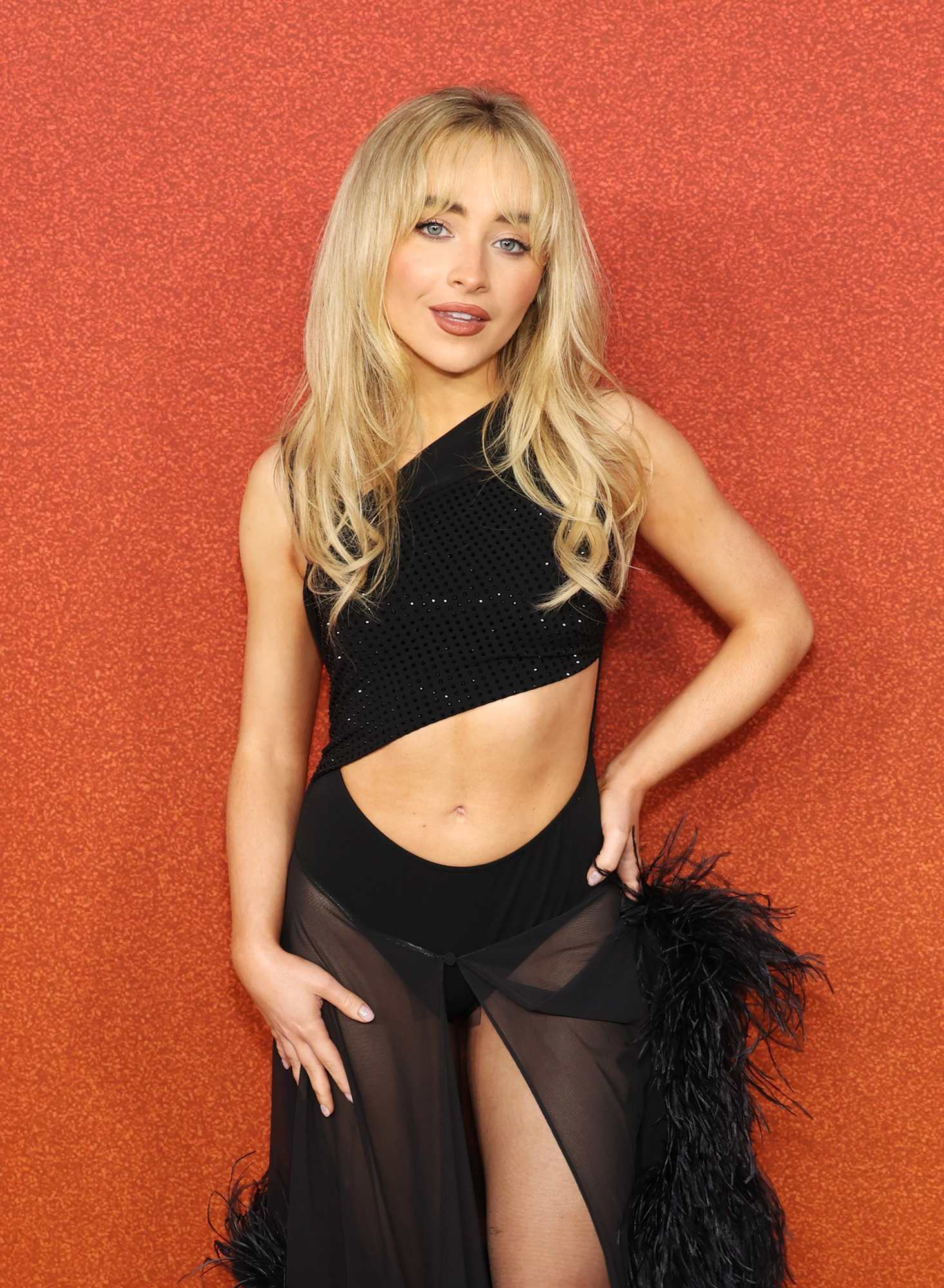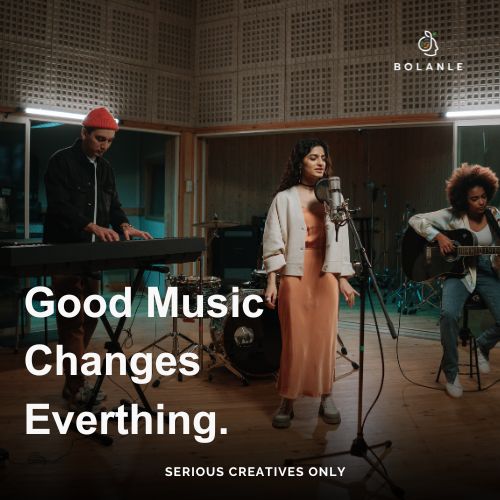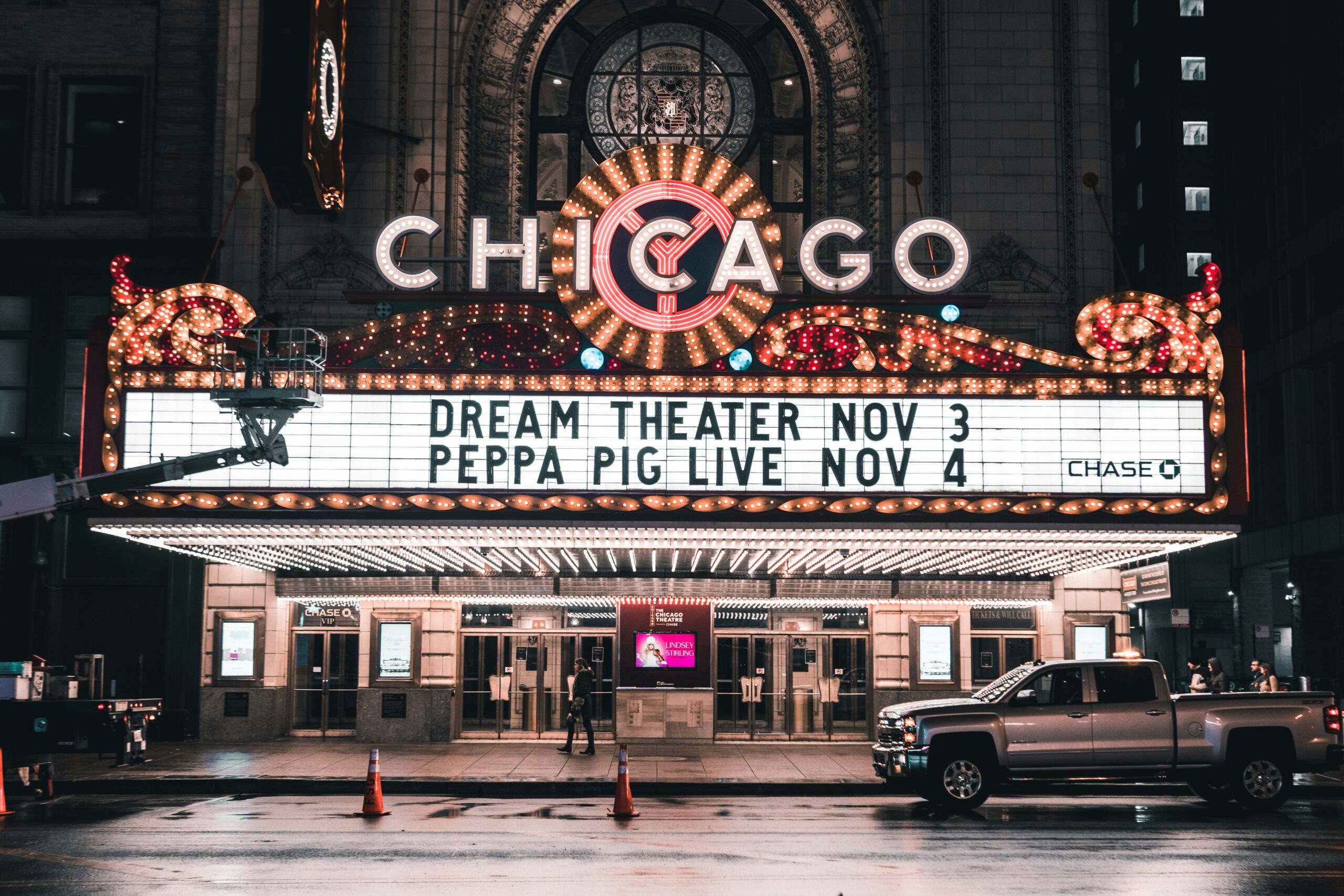Entertainment
What Inspires Sabrina Carpenter to Write Her Iconic ‘Nonsense’ Outros on August 28, 2023 at 10:07 pm Us Weekly

Monica Schipper/WireImage
Sabrina Carpenter never holds back in her “Nonsense” outros and the singer opened up about the inspiration behind her freestyle quips.
“I’m not going to lie, I’ve made a lot of provocative jokes and … I talk a big talk,” Carpenter, 24, said in an interview with Billboard published on Monday, August 28. “The outros are partially inspired by real-life and partially like it’s just the more outrageous, sometimes the more fun it is.”
The album version of “Nonsense” ends after Carpenter sings, “Woke up this morning thought I’d write a pop hit / How quickly can you take your clothes off, pop quiz,” before dissolving into giggles about how the outro wasn’t going to make the cut for the record.
For her live performances, however, Carpenter extends the song to include improvised lyrics usually inspired by the city she is performing in.
Last year, Carpenter went viral on TikTok for several raunchy lyrics she made up during several performances on her Emails I Can’t Send world tour. The first occurred during her Los Angeles show in October 2022, when she poked fun at her alleged love triangle with Joshua Bassett and Olivia Rodrigo.
“I’ve got a great personality but no tits,” she sang in the track’s outro. “This song is not about Joshua Bassett /Los Angeles your energy is big d–k.”
Sabrina Carpenter performs onstage during the “Taylor Swift | The Eras Tour” Hector Vivas/TAS23/Getty Images for TAS Rights Management
In May, Carpenter went viral again for her NSFW request for her birthday following rumors she was romantically linked to Shawn Mendes. Instead of singing, Carpenter told her fans to lip-read her next line and mouthed that she wanted “d—k please.” The following day, Carpenter tweeted she “wasn’t” joking about her request.
After wrapping up her solo tour, Carpenter has joined Taylor Swift for the Latin American portion of her Eras Tour which kicked off in Mexico City on Thursday, August 24.
“[Taylor] is one of my main inspirations, ever since I was a little girl,” Carpenter gushed to Billboard on Monday. “And now to just be able to watch that whole show every night is going to be so special and I feel so lucky that we get to go to all those places we get to go with her.”
As Carpenter takes the stage as the opening act of the Eras Tour, she continues to produce her iconic outros. During her first show in Mexico, Carpenter gave fans a taste of her sass and adoration for Swift, 33. “I only date him if he pays mi rente / If you are a Swiftie, you’re mi gente / Let me hear you make some noise, DF,” she sang while shouting out the city’s nickname.
“Eras Tour lol WOW. Mexico City nights 123 you have been the most welcoming incredible crowds I can’t believe how lucky I am to play for u,” Carpenter wrote via Instagram on Sunday, August 27, after playing her third show. “@taylorswift :’) love u to the moon and to saturn I will never forget this weekend ♡ ♡ See you tonight NIGHT 4.”
Monica Schipper/WireImage Sabrina Carpenter never holds back in her “Nonsense” outros and the singer opened up about the inspiration behind her freestyle quips. “I’m not going to lie, I’ve made a lot of provocative jokes and … I talk a big talk,” Carpenter, 24, said in an interview with Billboard published on Monday, August 28.
Us Weekly Read More
Advice
How to Create Unforgettable Movie Scenes

Introduction: The Anatomy of an Iconic Scene
Unforgettable scenes linger in our minds, resonating long after the credits roll. What makes them stand out? It’s a masterful blend of direction, acting, cinematography, editing, and sound design. These elements work harmoniously to evoke emotion, drive the narrative, and leave an indelible mark on audiences. In this article, we’ll analyze key aspects of iconic scenes and uncover the secrets behind their timeless appeal.
1. Direction: Vision and Execution
The director sets the tone, mood, and vision for the scene. Iconic sequences often reflect the director’s unique style or storytelling approach.
- Case Study: Pulp Fiction (1994) – The “Royale with Cheese” scene.
Quentin Tarantino’s sharp dialogue and deliberate pacing turn an ordinary conversation into a memorable moment. The seemingly mundane dialogue deepens character relationships and sets the tone for the movie.
Takeaway: A clear vision paired with intentional direction ensures that every element serves the story.
2. Acting: Authenticity and Nuance
Great performances breathe life into a scene. Actors convey emotion through expressions, tone, and body language, creating a connection with the audience.
- Case Study: The Godfather (1972) – Michael Corleone’s transformation in the restaurant.
Al Pacino’s subtle expressions convey internal conflict as Michael transitions from a reluctant family member to a calculated leader.
Takeaway: Focus on casting and rehearsing to bring authentic, nuanced performances to your scenes.
3. Cinematography: Visual Storytelling
The framing, lighting, and camera movements guide the viewer’s emotions and enhance the scene’s impact.
- Case Study: Blade Runner 2049 (2017) – The orange-hued Las Vegas.
Roger Deakins’ cinematography immerses viewers in a dystopian world, using bold color and light to evoke a sense of desolation and mystery.
Takeaway: Use cinematography as a storytelling tool, not just a visual aid.
4. Editing: Pacing and Rhythm
Editing determines the flow of a scene, balancing tension and release to maintain engagement.
- Case Study: Whiplash (2014) – The final drum solo.
Quick cuts between Andrew and Fletcher amplify the intensity, culminating in a cathartic release.
Takeaway: Ensure that editing aligns with the scene’s emotional beats and narrative progression.
5. Sound Design: Enhancing Atmosphere
Music, sound effects, and silence heighten emotion and immerse the audience.
- Case Study: Jaws (1975) – The shark’s approach.
John Williams’ iconic score builds dread, using tension-filled notes to signal the shark’s presence.
Takeaway: Sound design should complement the visuals and underscore the emotional core of the scene.
Conclusion: Crafting Your Perfect Scene
Unforgettable scenes are a synergy of art and technique. By studying the interplay of direction, acting, cinematography, editing, and sound, filmmakers can create moments that resonate with audiences. Whether you’re telling an intimate story or crafting a blockbuster, focus on the details that elevate your scenes from good to iconic.
Bolanle Media is excited to announce our partnership with The Newbie Film Academy to offer comprehensive courses designed specifically for aspiring screenwriters. Whether you’re just starting out or looking to enhance your skills, our resources will provide you with the tools and knowledge needed to succeed in the competitive world of screenwriting. Join us today to unlock your creative potential and take your first steps toward crafting compelling stories that resonate with audiences. Let’s turn your ideas into impactful scripts together!
Advice
Reinventing Genres: Tips for Filmmakers

Genres offer filmmakers a blueprint for storytelling, but they can also become predictable if followed too rigidly. To stand out and captivate modern audiences, filmmakers increasingly experiment with genre conventions, blending or subverting established norms to deliver fresh and surprising experiences. However, breaking the mold comes with its own set of challenges. Here’s how you can navigate the evolution of genre to create something truly original.
1. Understand the Rules Before Breaking Them
Before subverting genre conventions, you need a deep understanding of them. Audiences have expectations tied to genres—romances promise emotional connections, while horror builds tension and fear. Knowing these tropes allows you to decide which to keep, tweak, or completely upend to create impactful surprises.
Actionable Tip: Study successful genre films to identify their core conventions. For instance, in horror, the “final girl” trope often symbolizes survival. If you’re creating a horror film, consider flipping the trope by making the “final girl” the antagonist.
2. Blend Genres to Add Depth
Blending genres is an effective way to challenge expectations while broadening a story’s appeal. Films like Get Out seamlessly mix horror and social commentary, while Shaun of the Dead combines comedy with zombie horror. These hybrids resonate because they respect the essence of each genre while delivering something unexpected.
Actionable Tip: Identify the emotional beats of your primary genre, then layer in secondary elements. For instance, a drama can incorporate sci-fi elements to explore human relationships in a futuristic setting, like Her did.
3. Subvert Character Archetypes
Audiences often anticipate specific character types within genres, such as the heroic protagonist in action films or the wise mentor in fantasy. Subverting these archetypes can result in compelling narratives. For example, Knives Out turns the classic whodunit genre on its head by revealing key plot points early, making the journey more about “why” than “who.”
Actionable Tip: Write character profiles for your leads and supporting cast, then challenge their roles. Can the villain be sympathetic? Could the mentor be unreliable? By defying expectations, you add complexity and intrigue.
4. Leverage Visual and Tonal Shifts
Genres often carry distinct visual and tonal markers—romantic comedies are bright and cheerful, while noir is dark and brooding. Playing with these elements can surprise audiences and enrich your narrative. For example, Parasite starts as a dark comedy but shifts into thriller territory, creating an emotionally charged experience.
Actionable Tip: Experiment with lighting, color palettes, and sound design to transition between tones or disrupt visual expectations. A colorful, vibrant world juxtaposed with a dark storyline, like in Jojo Rabbit, can create a striking contrast.
5. Balance Risk and Reward
Subverting genre expectations is a bold move, but it risks alienating audiences who expect familiarity. The key is to maintain a balance: innovate while staying true to the core emotional journey that the genre promises. For example, Mad Max: Fury Road redefined action films by focusing on relentless momentum while keeping the stakes and emotional arcs clear.
Actionable Tip: Test your story with trusted collaborators or small audiences. Gauge their reactions to ensure your subversions enhance the experience rather than confuse or frustrate viewers.

6. Reinvent Timeless Themes
While genres evolve, their core themes—love, fear, ambition, or survival—remain timeless. By addressing these universal themes in innovative ways, you can create works that feel fresh yet deeply relatable. A film like The Shape of Water reinvents the romance genre by pairing a mute woman with an amphibious creature, blending fantasy with profound emotional depth.
Actionable Tip: Start with a universal theme, then brainstorm unique ways to explore it. For example, instead of a typical hero’s journey, could your story revolve around a collective effort or an antihero’s quest?
7. Learn from Genre Masters Who Break the Mold
Many groundbreaking filmmakers have pushed genre boundaries, creating new storytelling paradigms. Directors like Jordan Peele, Bong Joon-ho, and Greta Gerwig challenge conventions without losing sight of the emotional core of their stories. Studying their techniques can inspire your own creative choices.
Actionable Tip: Analyze a few genre-bending films and dissect how they challenge norms. What tropes did they keep or discard? How did they maintain emotional resonance while experimenting? Apply these insights to your project.
Final Thoughts: Evolving Genre with Purpose
Subverting or blending genres isn’t about discarding traditions—it’s about evolving them to reflect contemporary sensibilities. By understanding the essence of genres and pushing their boundaries thoughtfully, you can craft stories that surprise, engage, and resonate deeply with audiences. The key is to innovate without losing sight of the emotional truths that make genres timeless.
Bolanle Media is excited to announce our partnership with The Newbie Film Academy to offer comprehensive courses designed specifically for aspiring screenwriters. Whether you’re just starting out or looking to enhance your skills, our resources will provide you with the tools and knowledge needed to succeed in the competitive world of screenwriting. Join us today to unlock your creative potential and take your first steps toward crafting compelling stories that resonate with audiences. Let’s turn your ideas into impactful scripts together!
Advice
Screenwriting Tips for Aspiring Filmmakers

The art of screenwriting is about more than just telling a story—it’s about crafting an experience that resonates with audiences long after the credits roll. For aspiring screenwriters, standing out in a crowded field requires more than just a good idea; it demands structure, memorable characters, authentic dialogue, and a unique approach to storytelling. Here’s a guide to creating a screenplay that doesn’t just tell a story but makes a lasting impact.
1. Master the Structure but Add Your Twist
The backbone of any screenplay is its structure. While three-act structures are traditional, experimenting with structure can set your screenplay apart. Understand the basics—setup, confrontation, and resolution—but don’t be afraid to subvert these conventions. Maybe your story begins with the climax or uses a circular narrative.
Actionable Tip: Outline your script with the three-act structure in mind, but consider starting with a bold event, jumping timelines, or intertwining multiple storylines. Just ensure these choices serve the story rather than distracting from it.
2. Craft Dynamic and Relatable Characters
Characters are the heart of any story, and memorable ones are essential for a screenplay that stands out. Audiences connect with characters who feel real, even if they are fictional. Strive to create characters with depth, personal motivations, and growth arcs. Each character should have a unique personality, with specific desires, flaws, and challenges.
Actionable Tip: Develop backstories and motivations for each main character, even if they don’t make it onto the page. Write character profiles to understand their personalities and how they would react in different situations. Give them qualities that make them relatable yet complex.
3. Write Authentic, Engaging Dialogue
Dialogue is a powerful tool in screenwriting, conveying not only information but also character personality and emotion. Realistic dialogue should sound natural, yet every line should have a purpose—whether it’s moving the plot forward or revealing something about a character. Avoid expositional or “on-the-nose” dialogue where characters state things that the audience can already infer.
Actionable Tip: Read your dialogue out loud to check its flow and realism. Consider how each character would uniquely phrase their words based on their background, goals, and emotional state. Use subtext to create layers—let the audience read between the lines for deeper meaning.
4. Focus on Creating a Unique Concept
To break through the noise, your screenplay must have a fresh concept. While universal themes like love, loss, or redemption appeal to audiences, finding a unique angle on these ideas will make your script stand out. Think about what sets your story apart from others in the genre, whether it’s an unexpected twist, a novel setting, or a perspective that hasn’t been explored.
Actionable Tip: Start by identifying a core theme or concept that fascinates you, then brainstorm ways to twist it. Ask yourself questions like, “What if this happened instead?” or “How can I show this from a new angle?” and incorporate these ideas into your screenplay’s premise.
5. Show, Don’t Tell
Screenwriting relies heavily on visual storytelling. Rather than using dialogue or narration to explain key points, aim to show them through action and imagery. This approach not only respects the visual medium of film but also engages the audience, allowing them to interpret and connect with the story on a deeper level.
Actionable Tip: Identify places in your script where information is conveyed verbally and see if it can be shown instead. For example, rather than having a character say they’re feeling lonely, show them standing alone in a crowd or staring at an empty room. Visual cues can say much more than words.
6. Keep the Pacing Tight
A well-paced screenplay keeps readers (and viewers) engaged. Avoid unnecessary scenes or dialogue that don’t serve the story. Instead, make each scene count by moving the plot forward or deepening character development. Fast-paced scenes should build tension, while slower moments should provide meaningful insight into the characters or themes.
Actionable Tip: Revisit your scenes with a critical eye. Ask yourself, “Does this scene advance the plot or character arc?” If the answer is no, consider cutting it or combining it with another scene. Aim for brevity without sacrificing clarity or impact.
7. Polish, Revise, and Seek Feedback
Once your screenplay is complete, the real work begins. Revising your script will help catch any inconsistencies, improve flow, and refine dialogue. Don’t be afraid to make big changes during this process. After multiple drafts, seek feedback from trusted peers or industry professionals to get an objective perspective on what’s working and what isn’t.
Actionable Tip: Set your script aside for a few days before revising, allowing you to approach it with fresh eyes. When seeking feedback, ask specific questions, like whether characters felt authentic or if the pacing seemed smooth. Use this feedback to fine-tune and polish your work.
8. Find Your Voice and Trust It
Your unique perspective is one of the most valuable assets you bring to your screenplay. Develop a voice that reflects your personality, values, and observations about the world. Rather than imitating popular films or trends, tell stories that genuinely resonate with you. Authenticity will make your screenplay distinct and memorable.
Actionable Tip: Identify themes and story elements that you’re passionate about, and incorporate them into your work. Pay attention to the tone of your writing—whether it’s dark, humorous, or poignant—and ensure it feels consistent throughout. Trust your instincts and believe in the value of your own voice.
Final Thoughts: Standing Out with Substance
Writing a standout screenplay is about more than following formulas or flashy plot twists. It’s about creating a narrative that feels authentic, grounded, and impactful. By focusing on structure, character depth, unique concepts, and refining your work through revision, you can craft a screenplay that doesn’t just stand out but also resonates. Whether you’re submitting to festivals, agents, or production companies, a well-crafted, original screenplay is your best asset in breaking through the noise.
Bolanle Media is excited to announce our partnership with The Newbie Film Academy to offer comprehensive courses designed specifically for aspiring screenwriters. Whether you’re just starting out or looking to enhance your skills, our resources will provide you with the tools and knowledge needed to succeed in the competitive world of screenwriting. Join us today to unlock your creative potential and take your first steps toward crafting compelling stories that resonate with audiences. Let’s turn your ideas into impactful scripts together!
-

 News3 weeks ago
News3 weeks agoThe Hemp Village’s Inaugural Brunch: A Celebration of Resilience and Community Spirit
-

 Advice3 weeks ago
Advice3 weeks agoHow Community Engagement Ignites Cultural Phenomena
-

 Advice4 weeks ago
Advice4 weeks agoThe Hidden Magic in Messing Up
-

 Advice1 hour ago
Advice1 hour agoHow to Create Unforgettable Movie Scenes
-

 Advice1 week ago
Advice1 week agoA Reality Check for Aspiring Filmmakers
-

 Advice2 hours ago
Advice2 hours agoReinventing Genres: Tips for Filmmakers
-

 Advice22 hours ago
Advice22 hours agoScreenwriting Tips for Aspiring Filmmakers
-

 Advice1 week ago
Advice1 week agoThe 1% Club: Breaking Into the Elite Circle of Sold Screenplays






